No products in the cart.
Home Improvement, Lawn and Gardening, Plants and Planters, Plants Saplings
Succulent Sticks on Fire
NPR 800.00 NPR 900.00
Succulent Sticks on Fire is a striking and visually captivating succulent plant known for its fiery red and orange colors, which resemble flames. This succulent is scientifically known as Euphorbia tirucalli ‘Sticks on Fire. Succulent Sticks on Fire is a favorite among succulent enthusiasts for its stunning appearance and low maintenance requirements. Its vibrant colors and striking growth habit make it a standout choice for those looking to add a touch of fiery elegance to their plant collection or garden.
Facts about “Succulent Sticks on Fire”
- Botanical Name: Euphorbia tirucalli ‘Sticks on Fire’
- Appearance: It has slender, pencil-like stems that are green near the base and turn bright red or orange towards the tips. The leaves are tiny and inconspicuous.
- Origin: This succulent is native to southern Africa.
- Growth Habit: It can grow tall and leggy, often reaching several feet in height.
- Care: Succulents like the ‘Sticks on Fire’ prefer well-draining soil, plenty of sunlight (full sun to partial shade), and minimal watering. They are drought-tolerant and should be allowed to dry out between watering.
- Toxicity: It’s important to note that Euphorbia species, including ‘Sticks on Fire,’ contain a milky sap that can be toxic and irritating to the skin and eyes. Handle with care and wash your hands after touching it.
Care tips of “Succulent Sticks on Fire”
- Light: This succulent thrives in bright, indirect sunlight to full sun. It’s essential to provide it with plenty of natural light to maintain its vibrant red or orange coloration.
- Temperature: Sticks on Fire prefers warm temperatures and is not frost-tolerant. Keep it in an environment where temperatures stay above 50°F (10°C) and avoid exposing it to cold drafts.
- Soil: Use a well-draining succulent or cactus mix. You can also add some perlite or sand to enhance drainage.
- Watering: Water sparingly. Allow the soil to dry out completely between waterings. Stick your finger into the soil; if it’s dry about an inch deep, it’s time to water. Overwatering can lead to root rot.
- Potting: Ensure your pot has drainage holes to prevent water from pooling at the bottom. Repot when the plant outgrows its current container, typically every 2-3 years.
- Pruning: You can prune this succulent to maintain its shape and size. Use caution and wear gloves when handling it, as the milky sap can be irritating to the skin and eyes.
- Fertilizing: Feed the plant sparingly during the growing season (spring and summer) with a diluted, balanced liquid fertilizer. Reduce or stop fertilizing during the dormant period in fall and winter.
- Pests: Keep an eye out for common succulent pests like mealybugs and scale insects. If you notice any, remove them with a soft brush or a cotton swab dipped in alcohol.
- Safety: Be cautious when handling this succulent, as it contains a toxic milky sap that can be harmful if ingested and irritating to the skin and eyes. Wash your hands thoroughly after touching it and avoid contact with pets and children.
- Propagation: You can propagate Sticks on Fire from cuttings. Allow cuttings to callus for a few days before planting them in a well-draining succulent mix.
Based on 0 reviews
Only logged in customers who have purchased this product may leave a review.
Vendor Information
- Store Name: Ajambari
- Vendor: Ajambari
- No ratings found yet!



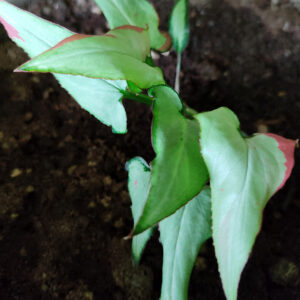
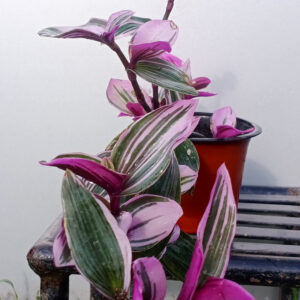
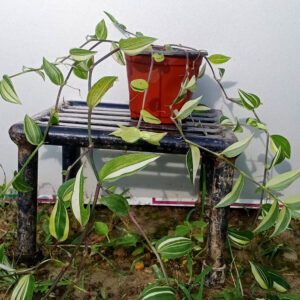

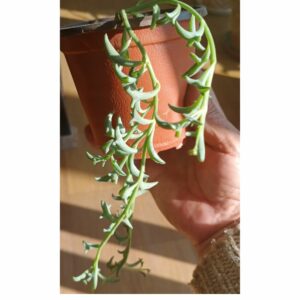
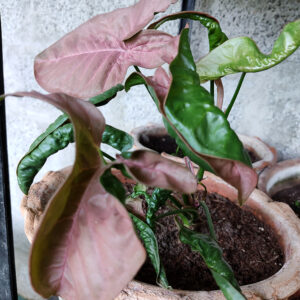


There are no reviews yet.